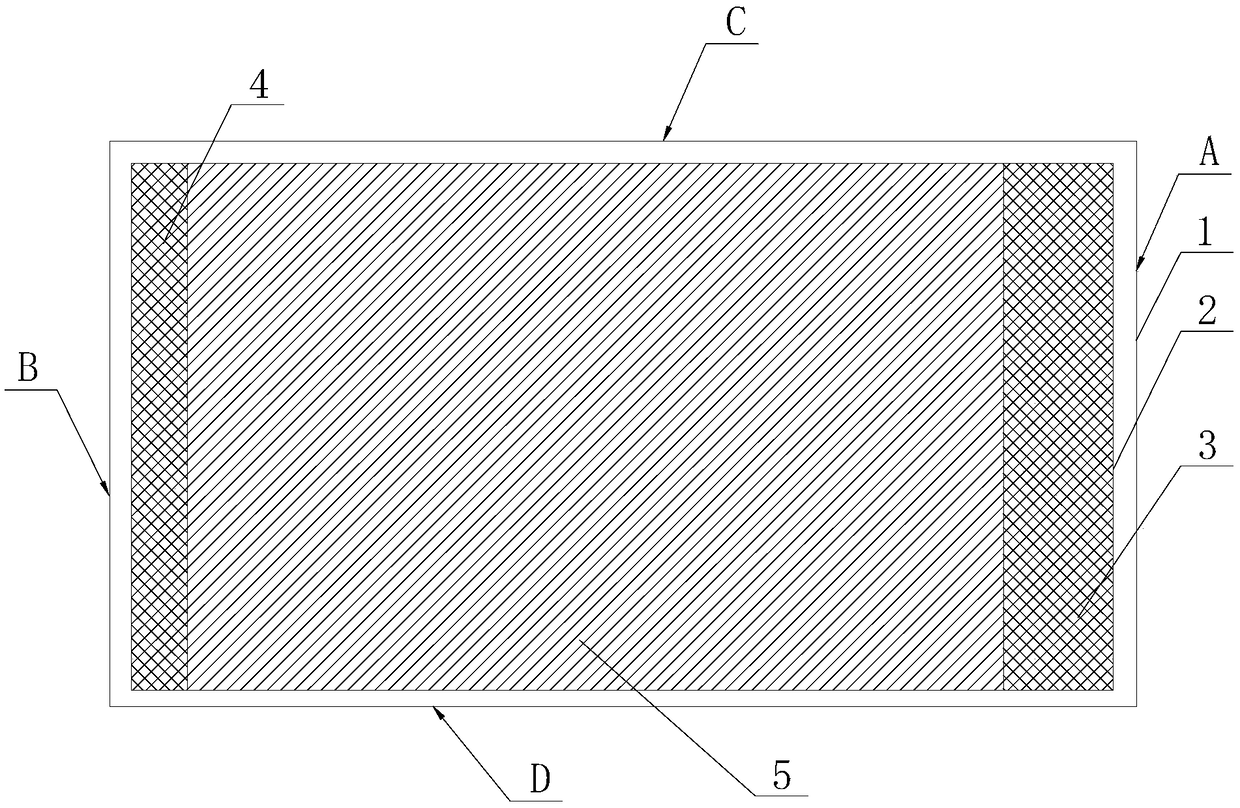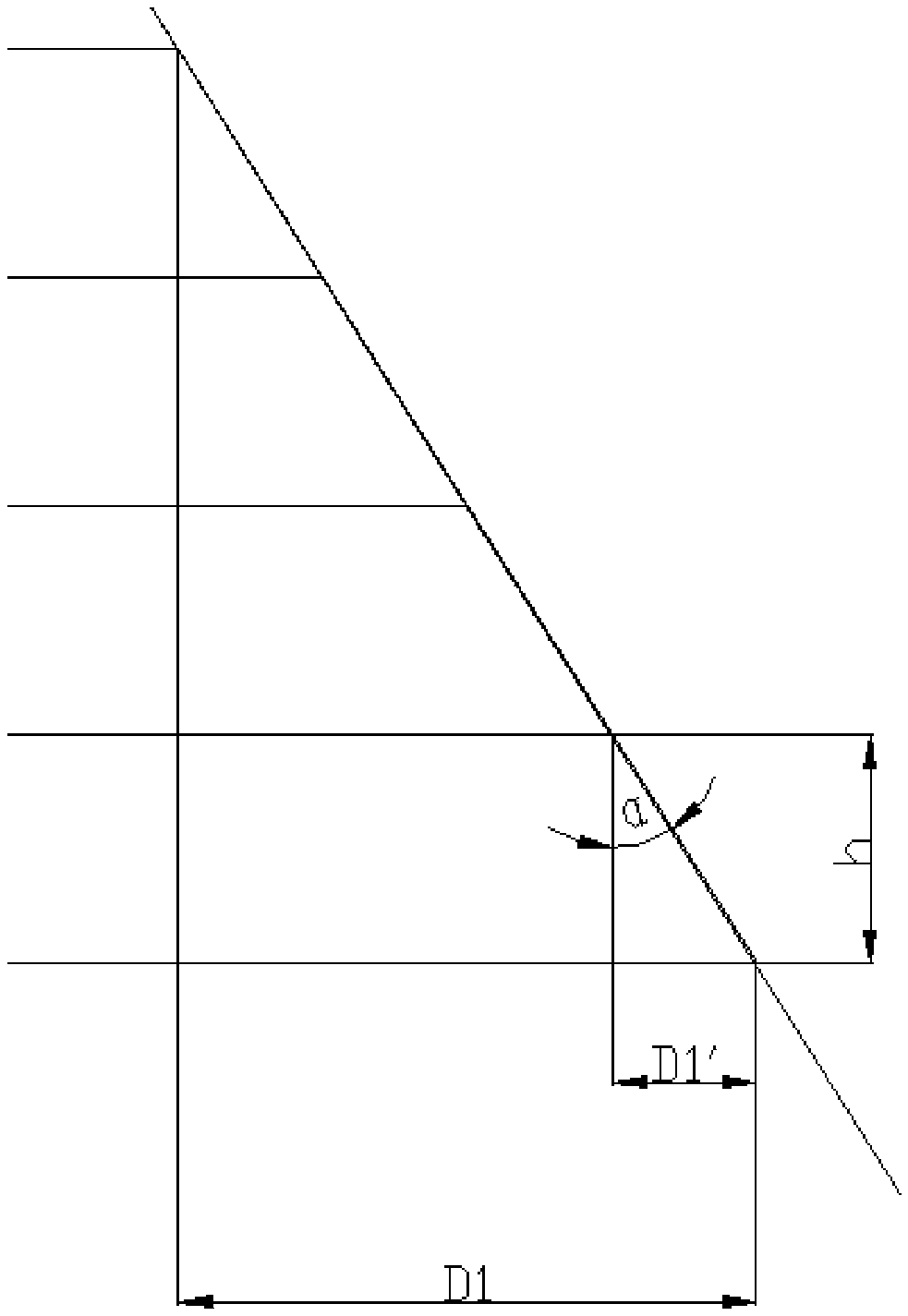Laser Selective Melting Scanning Method
A technology of laser selective melting and scanning method, applied in the field of additive manufacturing, can solve the problems of rough surface of molded parts, no good progress, poor surface quality, etc., to achieve excellent surface quality, reduce step effect, and high molding efficiency. Effect
- Summary
- Abstract
- Description
- Claims
- Application Information
AI Technical Summary
Problems solved by technology
Method used
Image
Examples
Embodiment Construction
[0038] The present invention is further described below.
[0039] Laser selective melting molding process usually includes the following steps:
[0040] Data processing: process the designed molded parts layer by layer,
[0041] Additive processing: use the following laser selective melting scanning method to perform laser scanning processing on each layer after layering processing.
[0042] The present invention improves the laser selective melting scanning method, and its level scanning includes the following area scanning:
[0043] Contour scan: scan along the outer contour of the layer;
[0044] Internal fill line scan: perform fill scan in the internal area of the layer;
[0045] Upper skin scanning: scan the upper skin area inside the contour line, the upper skin area is located on the side of the layer close to the upper surface of the molding, and the upper skin area is located between the outer contour line and the inner area, the upper skin area area width D 1...
PUM
| Property | Measurement | Unit |
|---|---|---|
| diameter | aaaaa | aaaaa |
Abstract
Description
Claims
Application Information
 Login to View More
Login to View More - R&D
- Intellectual Property
- Life Sciences
- Materials
- Tech Scout
- Unparalleled Data Quality
- Higher Quality Content
- 60% Fewer Hallucinations
Browse by: Latest US Patents, China's latest patents, Technical Efficacy Thesaurus, Application Domain, Technology Topic, Popular Technical Reports.
© 2025 PatSnap. All rights reserved.Legal|Privacy policy|Modern Slavery Act Transparency Statement|Sitemap|About US| Contact US: help@patsnap.com



